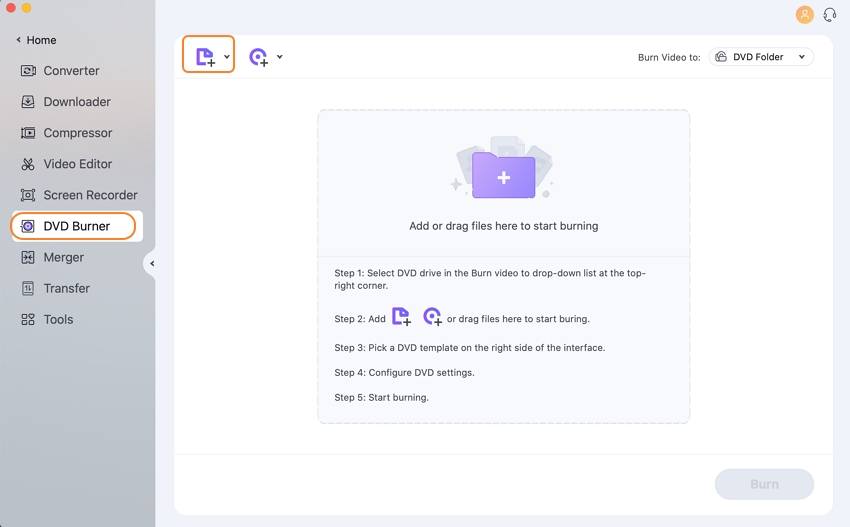- How To Create Cue File For Bin On Mac Shortcut
- How To Create Cue File For Bin On Mac Os
- Open Cue File Cd Image
- Cue And Flac Files
For a lot of disc-based game consoles (Sony PlayStation 1 / PlayStation 2 / PlayStation 3, NEC TurboGrafx-CD / PC Engine CD-ROM², Sega CD / Dreamcast / Saturn, Microsoft Xbox) you will encounter when ripping them, a pair of files with the extensions .BIN and .CUE. The .BIN file is the disc image data itself and the .CUE is a metadata file for describing how the “tracks” of the disc are arranged. In simple terms, the .CUE file tells software (emulators, disc-burning apps) how long an audio track is for music and how long a data track is for the game itself as well as gaps between them and blank spaces on the disc as well (often used to reduce seek times).

Oct 27, 2011 Drag/drop bchunk to the terminal window, then drag/drop your bin file to the terminal window, and then drag your cue file to the terminal window. Last, type in the location where you want your file to be saved. If you are having a tough time visualizing this, check out the screencast. The command will be in the following format. Oct 20, 2020 A BIN and CUE file together create a binary replica (disk image) of a CD or DVD in an image format. They are useful to create high quality back ups. They can be created and used by burning softwares or image file utility tools like Daemon Tools.
While having the .BIN and .CUE file is usually all you need to burn a game to a disc or even play it in an emulator there are cases where you will want to rip out the contents (individual tracks) for compatibility with some emulators (using an .ISO file instead of .BIN or for playing the CD-audio tracks in the game) or disc-burning apps but also for another reason: Modifying (patching) the contents of the game. This can be done for simple improvements such as making the game run properly in some emulators, language translation patches or even overhauling the game itself. Another benefit of this is it’s use in extracting the soundtrack of the game. I will guide you through the simple steps of ripping the contents of BIN/CUE images for whatever purposes you require.
- Rip your disc or obtain the image as a BIN/CUE pair. This may also work in a RAW/CUE file extension pair but thats less common these days. If you have an ISO/CUE set then you will need to convert the .ISO file to a .BIN.
- Download/obtain bchunk from the official website or your own system’s ports, you can download a pre-built mac binary here that works for myself on macOS 10.12 – bchunk-mac-v1.2.0.zip (sha512 1baca45e7cfc49beefd26b2cca033519bb2f2e669aaf4a06d7c7bac3d72409eae727012f0a41c3509b597d4617a8d82d77701de5b321a567bd52dd09632b9f7e)- Windows users best bet is to use another operating system by running one in a Virtual Machine like VirtualBox with Debian or OpenBSD.
- bchunk (BinChunker) is a program that will do the ripping of your BIN/CUE contents and is meant for use on UNIX-like systems such as Debian, OpenBSD or macOS
- Now you will execute bchunk by specifying your .BIN image file and .CUE sheet file and then a base name for the ripped contents. I also recommend that you use the -w option to enable the conversion of the audio tracks to .WAV (uncompressed audio) files or else they will result in .CDR (CD audio tracks). You must use the -p option if you are running this against a Sony PlayStation 1 image. The “base name” is used for naming the extracted content files. A base name of “coolgame” will result in your files being named “coolgame01.wav, coolgame02.iso, coolgame03.wav – so it is basename[track#].extension. You will want to use the -r for .RAW image files (Video-CDs/MPEG).
- EXAMPLE #1: bchunk -w <image.bin> <image.cue> <basename>
- EXAMPLE #2 using the TurboGrafx-16 game “Human Sports Festival”: bchunk -w HumanSportsFestival.bin HumanSportsFestival.cue humansportsfestival
- Example #3 using the Sony PlayStation One (PS1 / PSX / PSOne) game Metal Gear Solid: bchunk -p -w MetalGearSolid.bin MetalGearSolid.cue metalgearsolid
- Example #4 using a .RAW image file: bchunk -r <image.bin> <image.cue> <basename>
- You should now have a directory filled with .ISO and .WAV files from the previous BIN/CUE image pair. You can apply whatever patches you like to your .ISO, bundle these files up for an emulator to play and also have the full soundtrack in .WAV format. Some emulators may not be able to handle the .WAV (too large) and you may wish to convert them to .OGG (Ogg Vorbis) audio files instead.
Bin file is a binary image of a CD or DVD just as an ISO file. Normally, a Bin file accompanied with a Cue file to open, edit or extract Bin data directly on computer with the help of any tool such as Daemon, Mame or Microsoft WinXP Virtual CD Control Panel.

Some time, when you download files from different internet resources or torrents those are available in Bin format. In some situation Bin file doesn’t work alone without Cue file. So if you lost the Cue file or deleted accidentally here we write the method to create a Cue file for a Bin file.
How To Create Cue File For Bin On Mac Shortcut

Create a Cue File for Bin File
Step 1
Create a new text file and copy/past the following text in that file
FILE “abc.bin” BINARY
TRACK 01 MODE1/2352
INDEX 01 00:00:00

where abc.bin = YourBinFileName.bin
How To Create Cue File For Bin On Mac Os
Step 2
Save the text file with the same name as your Bin file and set its extension .cue
Open Cue File Cd Image

All done now you can use bin file with the help of cue. If you still have any question, leave comments below.
Cue And Flac Files
No related posts.